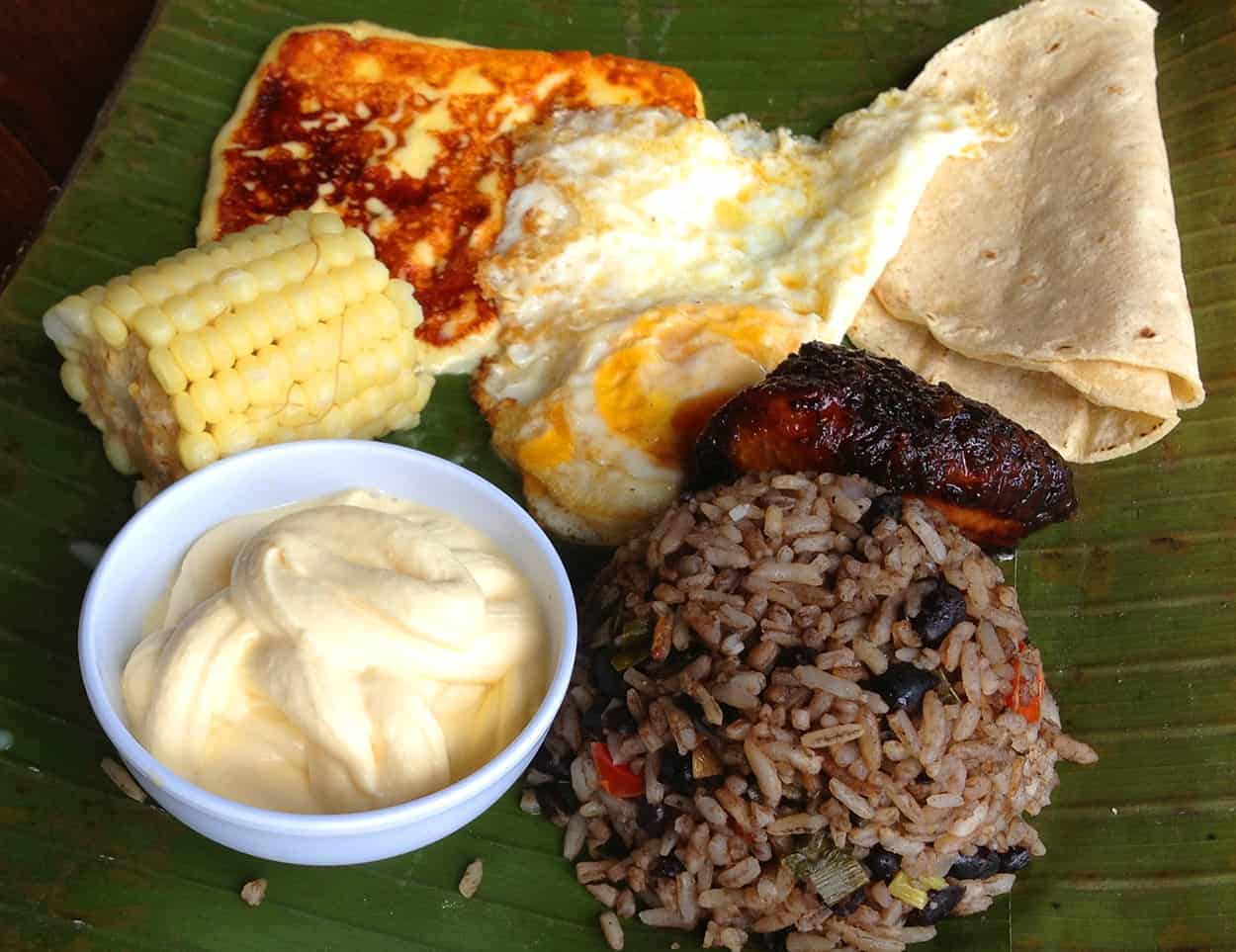In the third battle of the cultural food war between Nicaragua and Costa Rica, Costa Rica struck back after its 2003 defeat and created the world’s largest gallo pinto (beans-and-rice) dish on Sunday.
Costa Rica first made the world’s largest gallo pinto and earned a mention in the Guinness Book of World Records in August 2003, weighing in at 970 pounds, but barely two weeks later, Nicaragua celebrated its Sept. 15 Independence Day with a bigger gallo pinto, weighing 1,200 pounds (TT, Sept. 19, 2003).
Thanks to rice producer Arroz Imperio, on Jan. 9 Costa Rica retaliated in what pundits predict has degenerated into an all-out food fight, cooking 1,825 pounds of beans and 3,042 pounds of rice, for a gallo pinto that weighed 4,867 pounds. Imperio representatives are in the process of getting the dish registered as a world record.
For the event, the west end of Paseo Colón, near La Sabana Park in San José, was closed from morning to evening while 12 chefs and 32 students from the Inter-American Hoteliers University cooked up approximately 15,000 plates of the traditional dish from 10 a.m. to mid-afternoon.
In two huge steel pans, one nearly 10 feet in circumference, the other five feet, the cooks mixed up the beans, rice, and herbs and spices—cilantro, bell pepper, and others—that give the dish its Latin American flavor. They stirred and tossed the rice and beans with huge, oar-like utensils, maneuvering the steel paddles with two hands and a strong back.
The cooks used red beans, which are traditionally used in the Nicaraguan version of the dish, instead of the black beans commonly used in Costa Rican gallo pintos. Why? It was an “I told you so” to Nicaraguans who say Costa Rican gallo pinto is always made with black beans, according to Imperio’s marketing manager Adám Herrera, who organized the event.
Plates—2,100 of them—sold for ¢300 ($0.65) each. Proceeds and the rest of the food went to the kitchens of the Path of Hope Association (Asociación Camino de Esperanza), which gives away 27,000 meals every month in poor neighborhoods around the country. Imperio raised ¢630,000 ($1,372) for the association, plus nearly 13,000 plates of leftovers.
The combination of rice and beans, known as moro in the Dominican Republic; congri throughout the Caribbean; casamiento in El Salvador; arroz seco in Peru; and riceanbean in the eastern Costa Rican province of Limón, where it is flavored with coconut milk, is a favorite dish and source of national pride for Latin American countries.
The fight to make the biggest batch has thus far been limited to Costa Rica and Nicaragua, the only two countries pompous enough to each claim publicly that they invented a dish as ubiquitous as rice and beans.






